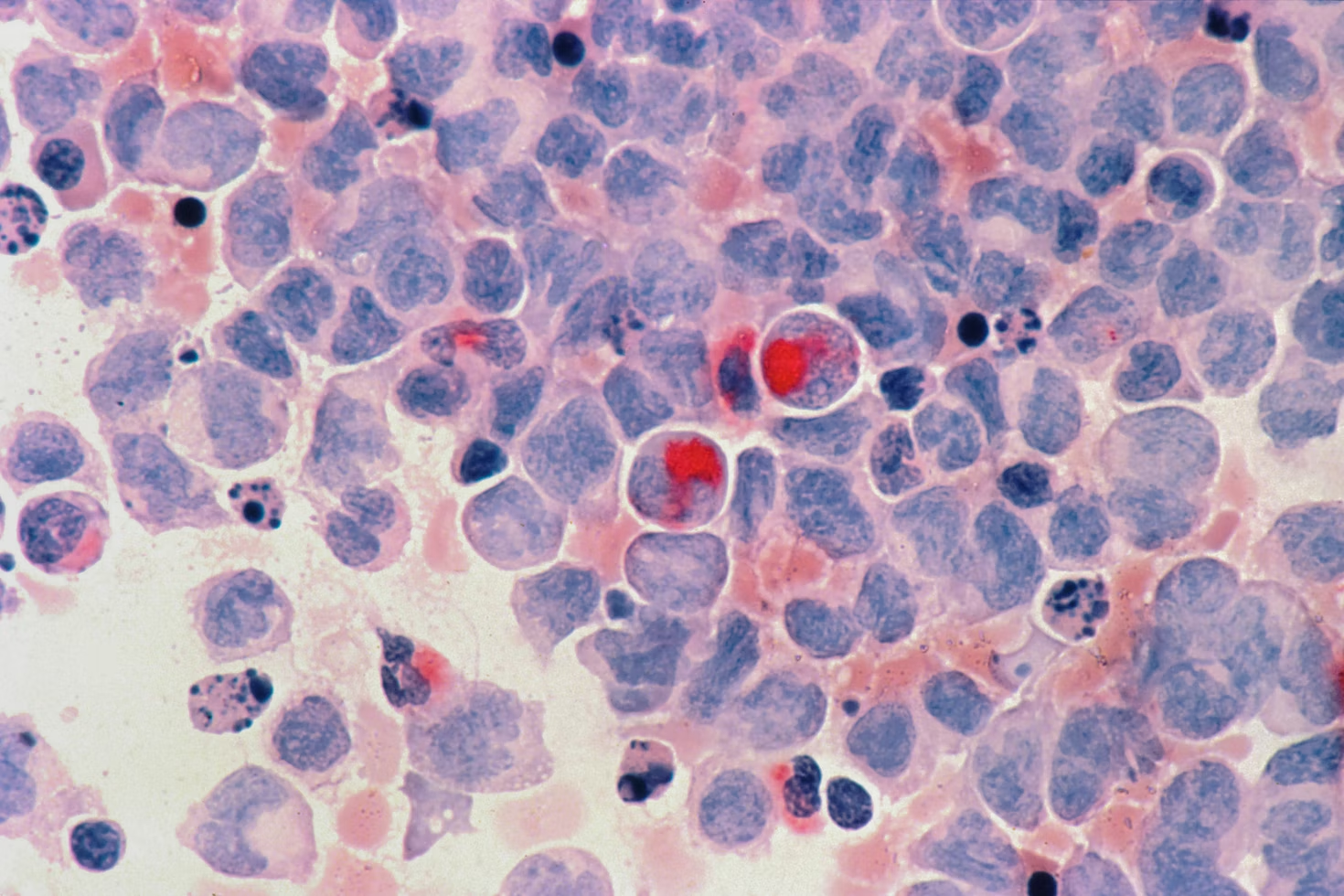A theory developed by researchers explains how some forms of leukemia strive to evade therapy by altering their physical characteristics. The Princess Maxima Center in the Netherlands and the Universities of Birmingham and Newcastle in the United Kingdom studied the reactions of young patients receiving medication for blood cancer. Each year, approximately 110 children are diagnosed with blood cancer in all of The Netherlands. There have been enormous breakthroughs and discoveries in treating blood cancers over the last 50 years, with 90% of children being cured of blood diseases like acute lymphoblastic leukemia (ALL).
However, scientists have discovered that some types of leukemia do not react to treatment while treating blood cancer. Researchers are still developing novel immunotherapies for individuals who do not react to available medications, including cell-based therapies like CAR-T cells. Chimeric antigen receptors (CAR-T cells) are genetically modified T cells that create artificial receptors for use in immunotherapy. By halting the creation of cell proteins that the therapy targets, some leukemias can resist immunotherapies.
Other leukemias transform into an entirely distinct type of blood cancer, rendering the treatments ineffective. A particular gene known as the MLL gene ( mixed-lineage leukemia), located on chromosome 11q23, is involved in chromosomal translocations (a chromosome abnormality) in a subtype of acute leukemia and has been identified by researchers as increasing patients’ risk of their cancer recurring.
What causes “chameleon cancers” to change?
The cause of “chameleon cancers” was found by the research team. They disclosed the mechanism underlying how these tumors alter their identity and outward appearance. Twelve children and adults with ALL, whose disease displayed a mutation in the MLL gene, had tumorous DNA analyzed by the team. The on/off switches had been modified, they observed.
“ALL cells carrying this chromosomal rearrangement have long been known to be able to relapse as a different type of blood cancer, acute myeloid leukemia (AML). By studying these switched MLL/AF4 leukemias we showed that the switch could happen in blood cells throughout different stages of development in the bone marrow,” said Dr. Simon Bomken, co-lead author of the study and MRC Clinician Scientist and Honorary Consultant at Newcastle University.
Dr. Simon also mentioned how different stages of blood cell formation in the bone marrow affect the on-off switch. Chemotherapy-related genetic alterations may also contribute to the changeover. As a result, some forms of leukemia may “re-program” themselves and switch identities from one cell type to another.
How will this study help in the treatment of “chameleon cancer”?
If ALL cells do change their identity, they are more difficult to treat. “Our new research will help us in the future to pick out those children with leukemia who are at greatest risk of their cancer coming back, so we can adjust and personalize their treatment,” said Dr. Olaf Heidenreich, co-lead of the study and research group leader at the Princess Máxima Center for pediatric oncology.
“The fact that we now understand what the drivers of this switch are has important implications for our understanding of disease development,” said Heidenreich. The researchers want to use this study to eventually prevent any switches by blood cancer cells and stop leukemia from changing its identity, making the treatments as effective as possible.
The study was published in the journal Blood.
To ‘science-up’ your social media feed, follow us on Facebook, Twitter, or Instagram!
Follow us on Medium!




